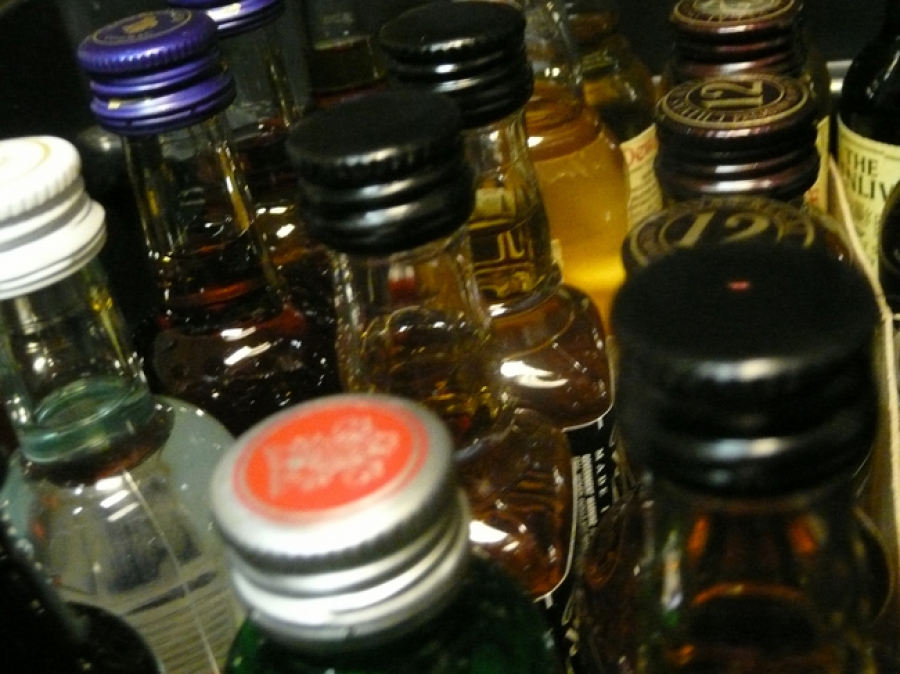
Alcohol use and abuse in the cultural fabric of who we are as Cook Islanders is concerning says Thomas Tarurongo Wynne.
Maori and Pacific people’s high rates of the arthritic joint disease gout may be related to evolutionary changes protecting against malaria, University of Otago scientists believe.
The 12 per cent rate in Maori men – gout affects men more than women – is three times higher than that of Pakeha men. Fourteen per cent of Pacific men are affected.
Gout causes severe pain, often in the big toe, and results from high levels of uric acid, which can form crystals that lodge in joints. The disease is linked to high intakes of sugary drinks and alcohol.
But an Otago University biochemist, Associate Professor Tony Merriman, attributes gout 60 per cent to genetic factors and only 40 per cent to lifestyle and environment, including diet.
He and his colleagues are investigating the idea that Maori and Pacific peoples’ high uric acid levels may result from an evolutionary change in their ancestors’ genes thousands of years ago protecting against the mosquito-born infection malaria.
Malaria has probably never existed in Polynesia, say Dr Merriman, biological anthropologist Professor Lisa Matisso-Smith and doctoral student Anna Gosling in a medical journal paper.
“But the ancestral populations passed through and may have originated in areas with endemic malaria, namely New Guinea, the Solomon Islands and Vanuatu.”
Malaria would also have been endemic in the East Asian/island homeland of the people from whom Polynesians ultimately descended.
Monosodium urate – formed from uric acid – triggers a strong inflammatory response. Urate is released during the infection process caused by the malaria parasite.
High urate levels could have been “selected for” by evolutionary changes enhancing the survival rates of humans who had this variation in their genetic make-up, the scientists say in Rheumatology International.
The traditional view was that gout emerged in Maori and Pacific people only after the transition to modern, urban diets.
But 13th century skeletal remains near Blenheim and in Vanuatu, and 17th century Maori remains found near Auckland Airport, have revealed strong evidence of gout-caused erosion in joints.
Dr Merriman said the stigma of gout could be reduced by knowledge of the history. -- DUNEDIN











































